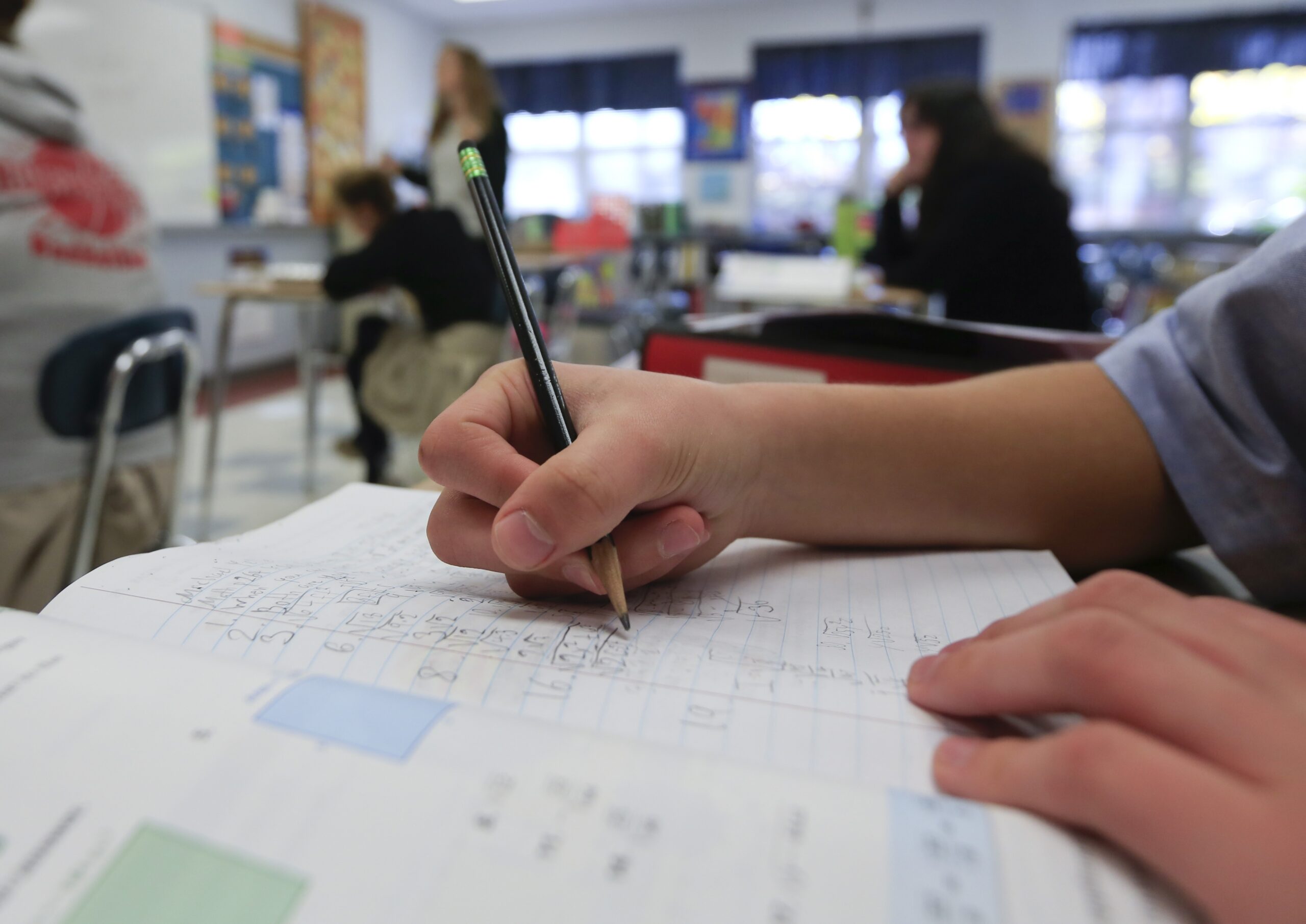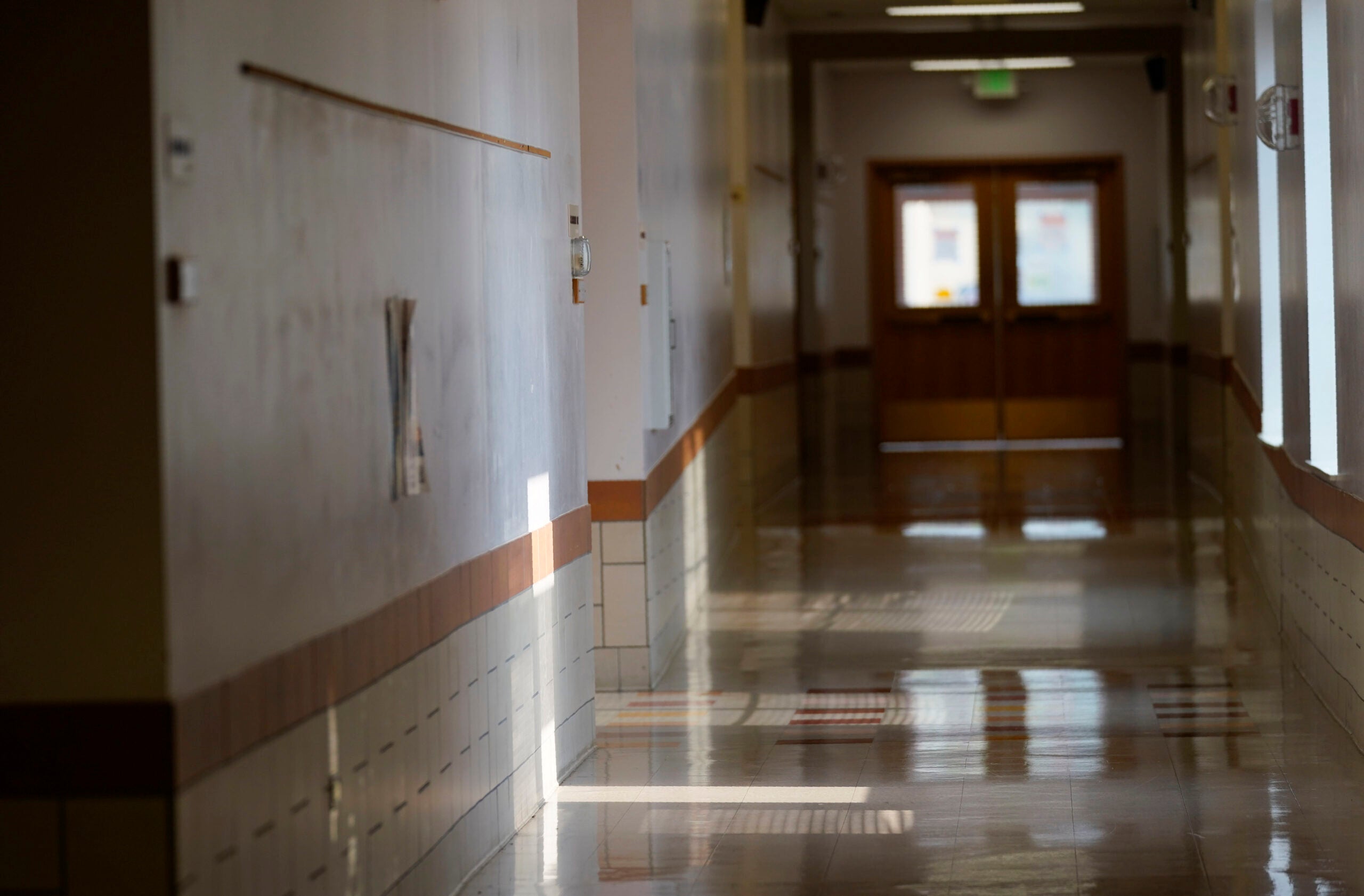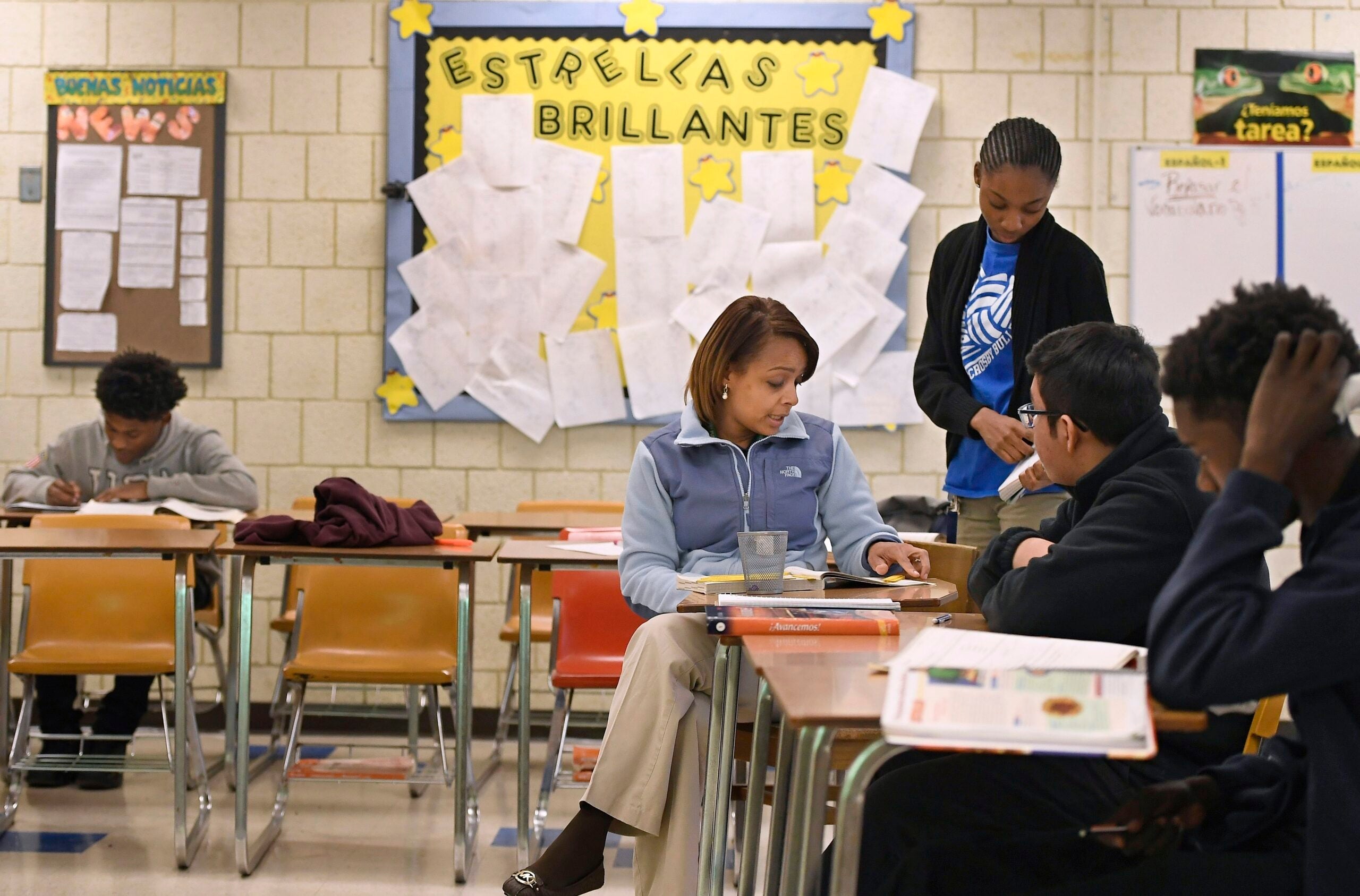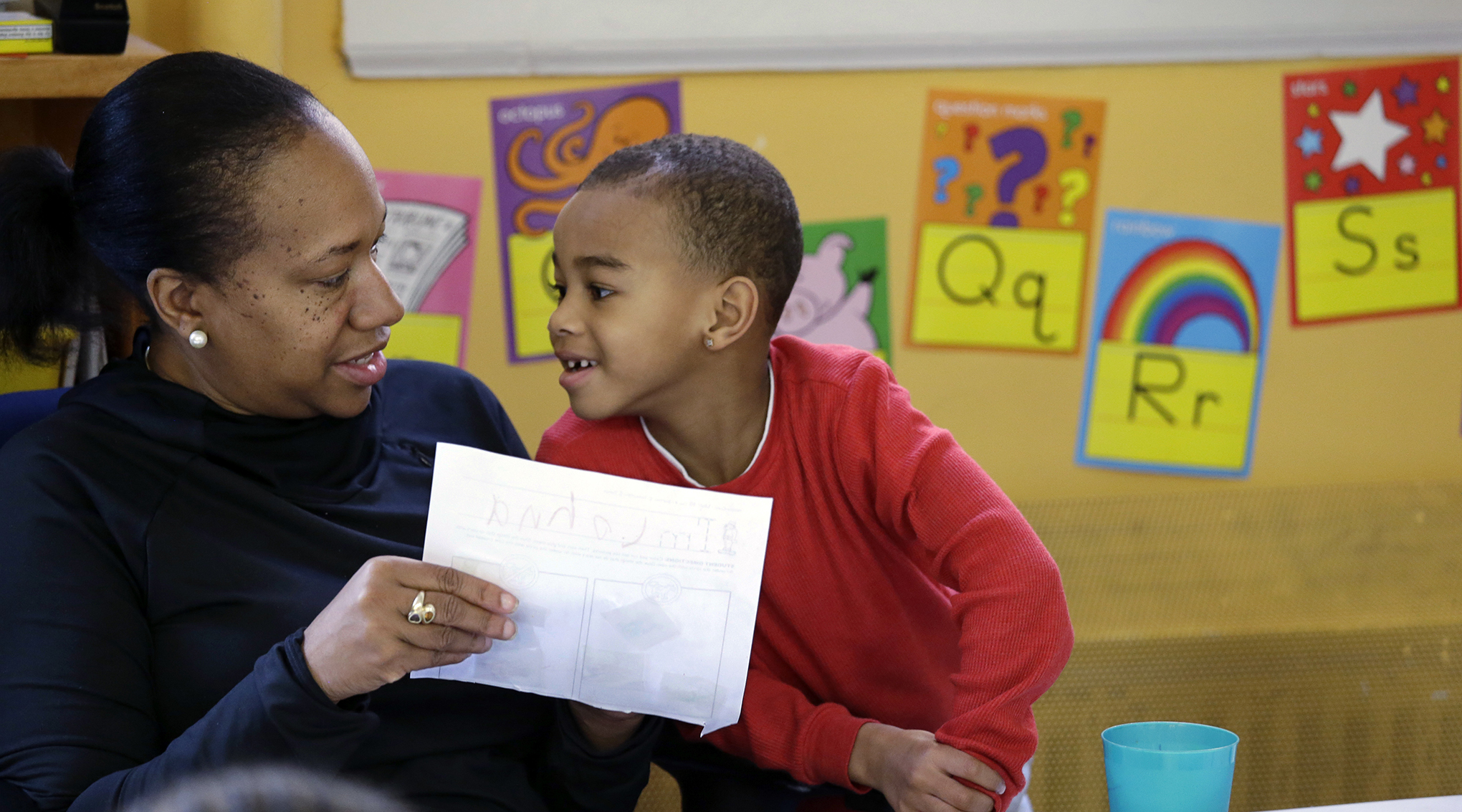Gov. Scott Walker and Republican lawmakers have different ideas on how to pay for education under the next two-year budget. Smaller districts would benefit under the governor’s proposal, while low-spending districts stand to gain under the Legislature’s plan.
Walker’s plan includes an increase in sparsity aid for smaller districts. Districts with fewer than 745 students receive such funding because they lack economies of scale. Walker is proposing to increase those payments from $300 to $400 per pupil in the next budget. Hurley School District Administrator Chris Patritto said the aid hike would help his district of 580 students.
“That would’ve meant $100,000 more for us,” he said. “Looking at a budget where we’re kind of waiting to see what’s going to happen. I’ve got some holes to fill in the budget. You’re kind of hoping to get some of that to try to fill some of the holes.”
Stay informed on the latest news
Sign up for WPR’s email newsletter.
Patritto said he’d like to invest in more maintenance and technology, as well as offer raises to retain staff. Districts are in more competition with one another over faculty and staff since Act 10 limited most collective bargaining rights for public employees. Rural districts are seeing some of their best teachers leave for other districts that can afford to pay a higher salary.
The proposed increase in sparsity aid would help smaller districts like Hurley lessen the gap. John Knight, district administrator for Drummond School District, said he also favors the governor’s proposal.
“Small changes can mean big things for rural school districts like ours,” said Knight.
The district has faced challenges with declining enrollment. In 2000, Drummond had around 600 students, but the district is projecting about 365 kids will attend this fall. Knight said they’re also coming off of a four-year operating referendum that generated an extra $500,000 a year, which was not renewed. Plus, the district is operating under a deficit while it completes a roofing project.
The increase would be a shot in the arm for the district, but Knight said they would lose $81,000 under alternative funding proposals in the Legislature.
“It’s pin the tail on the donkey right now,” he said. “We don’t know what’s going to come out of the Legislature and go to the governor’s desk.”
Republican lawmakers wouldn’t increase sparsity aid above current funding levels. Instead, they are proposing to increase revenue limits for low-spending districts in Wisconsin. Districts have been limited on how much revenue they can raise through a mix of state aid, property taxes and other funds since the 1993-1994 school year. For the last several years, the low-revenue ceiling has remained frozen at $9,100 per pupil.
Under the Assembly’s plan, districts that spend the least amount of money per pupil would have the flexibility to raise revenues up to $9,800 per student in the second year of the budget and every year after. Just more than half of the districts in Wisconsin spend less than $9,800 per student, according to figures provided by the Wisconsin Department of Public Instruction.
The Senate has proposed low-spending districts be allowed to raise up to $9,300 in the first year of the budget and $9,400 in the following year and max out at $9,800 in five years.
Matt Spets, assistant superintendent of operations at Howard-Suamico School District near Green Bay, favors the proposal to raise the low-revenue ceiling because it would allow them to bring in more money through property taxes without voter approval.
“Because that’s just about $800,000 that we could probably be able to levy … We could restore some of the cuts we had to make because of the frozen revenue limit ceiling over the last few years,” he said. “It would be really exciting to add some teachers to some classrooms that are overcrowded.”
In the 2010-2011 school year, Spets said the district was bringing in roughly $50.9 million under revenue limits. But, he said the district brought in less last year. At the same time, Howard-Suamico has enrolled 448 more students and contended with rising costs.
They’re not alone, said Dan Rossmiller, government relations director with the Wisconsin Association of School Boards.
“The increases in the revenue limits have been far below inflation … The only adjustments that have occurred have been in those districts that got referendum approval to increase their revenue limits,” he said.
Wisconsin voters have seen more referendum questions put before them and set records for the amount of money they approved for schools in recent years. Right now, schools can’t bring in more money than what they’re allowed from the state without going to a referendum. As costs continue to rise, some low-spending districts are falling behind with no additional support from taxpayers. Spets said their attempt to pass a referendum this past spring was unsuccessful, and they’re planning to put another one before voters next April.
Joni Burgin, superintendent of the Grantsburg School District in northwestern Wisconsin, said qualifying districts should receive sparsity aid and an increase in revenue limits.
“The lack of revenue for our students is quite dramatic,” Burgin wrote in an email. “We want our students to have similar revenue per pupil as other students in the state. This is needed for equitable staffing, activities, and programs.”
Rossmiller said the Wisconsin Association of School Boards also supports increases to both sparsity aid and the low-revenue limit.
“The Legislature’s targeting two different problems and trying to figure out which is more important,” he said.
The proposals currently before lawmakers wouldn’t address all the needs before schools in Wisconsin, said Hurley’s Chris Patritto.
“It’s kind of disheartening to see money that we really, really need in these rural areas taken to go to help taxpayers in another district where I have to look at my taxpayers this year and say, ‘Your taxes are probably going up,’” he said. “I don’t want to throw bones at anybody, but it was really nice that there was the possibility of that extra funding (under the governor’s proposal).”
Meanwhile, Tom McCarthy, a DPI spokesman, said it’s likely districts who are eligible for sparsity aid will see a “slight” delay in payments. He said the exact timeline on when those districts can expect to receive aid is “directly proportional to the policy change” that lawmakers will vote on as the Joint Finance Committee takes up K-12 education funding this week.
Wisconsin Public Radio, © Copyright 2024, Board of Regents of the University of Wisconsin System and Wisconsin Educational Communications Board.






